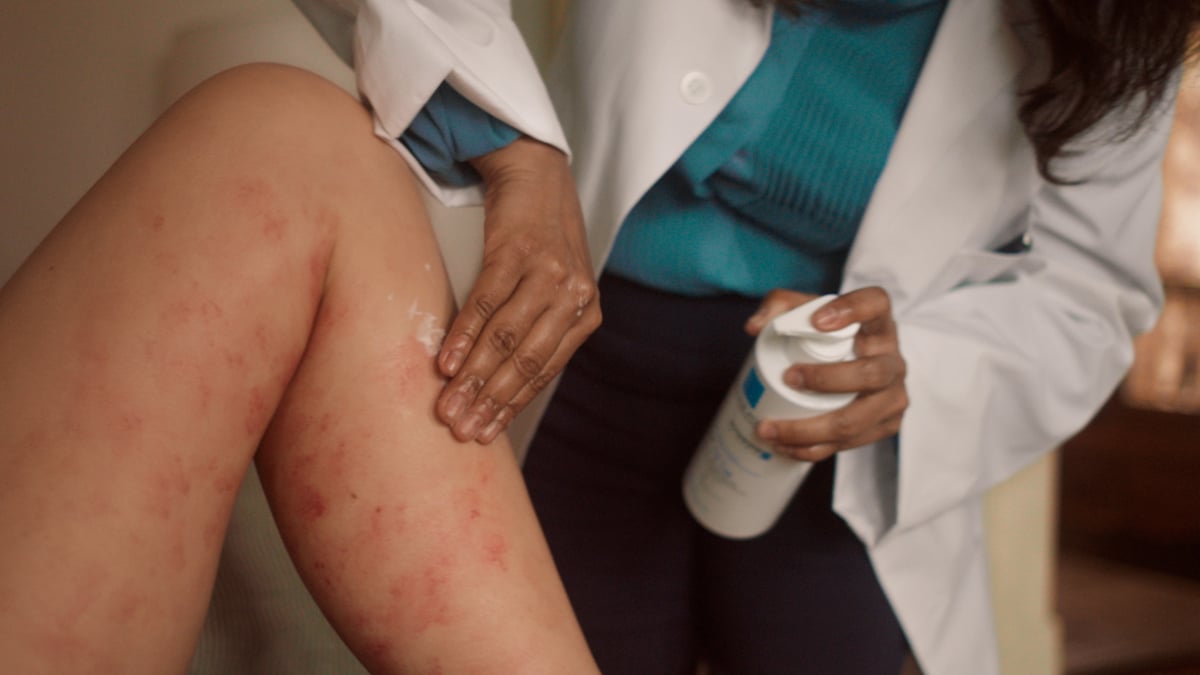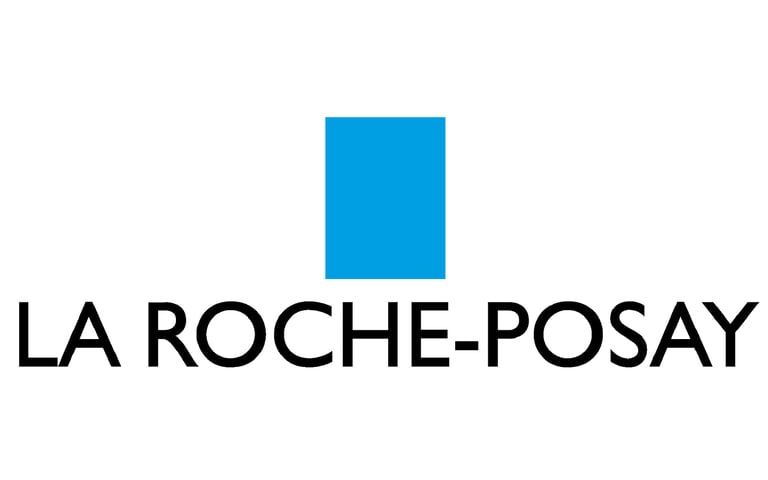Around one in two Australians experience some kind of cancer in their lifetime, and for many patients, this can be a life-changing battle. From the uncertainty and worry of what a diagnosis might mean — and the challenging symptoms of cancer — to the taxing side effects of the treatment, cancer can be a difficult struggle to overcome.
It’s widely known that some of the common side effects of cancer treatment include hair loss, nausea and fatigue, but what’s less well-known is the significant toll taken on the skin of the entire body. These side effect symptoms include itchy rashes, dryness and burning as a result of the intensity of radiation therapy, which can lead to serious scarring that can remain for life.

To address these lesser-known challenges associated with treatment for cancer, La Roche-Posay has launched a global initiative called Fight with Care. This aims to bring awareness to the kinds of skin damage that can occur while fighting cancer, offering sufferers and their loved ones a holistic understanding of how to manage and overcome such symptoms most effectively.
Alarmingly around 80% of cancer patients suffer from these kinds of challenging side effects*, which is far too common for a health challenge that isn’t widely understood. Working with research findings from more than 11,000 cancer patients from around the world, La Roche-Posay’s Fight with Care initiative suggests simple skincare management solutions.
These include carefully cleaning the skin at least six hours before radiation or chemotherapy (for correct dose management of the treatment), while refrigerated moisturising cream is best for soothing the skin immediately after treatment. As a daily routine for those fighting cancer, cleansing the skin, before applying moisturiser and using sun protection are ideal ways to care for your skin, and swapping the nail file for clippers is a good way to avoid accidentally cutting yourself (which can lead to infection).

Not only is the La Roche-Posay Fight with Care initiative a useful resource for those personally suffering from cancer, it’s also a great tool for the primary caregivers of those with cancer. Whether you’re looking after someone who is currently battling cancer, or if you are going through it yourself, the Fight with Care program and its accompanying 15-minute e-learning module are well worth taking a closer look at.
From tips on managing the likely mental health challenges that arrive with the fight against cancer to suggestions on best-practice approaches to physical health maintenance, the e-learning module also examines helpful fatigue and pain-management strategies. The fight against cancer isn’t an easy one, but it’s not something you should take on alone — using the free resources available can help win the battle as quickly as possible, with as little suffering as possible.
*Charles C., et al. March 2013. Impact of cutaneous toxicity associated with targeted therapies on quality of life. Results of a longitudinal exploratory study. Bulletin du Cancer. Vol 100 N 3












